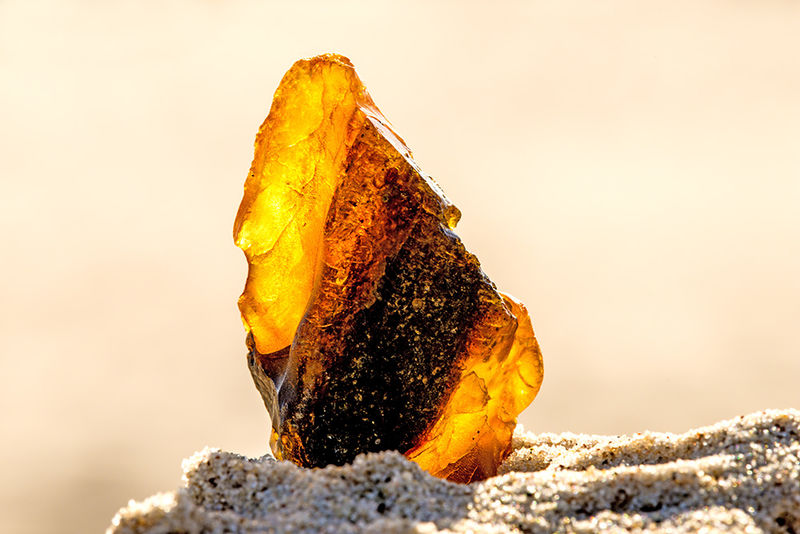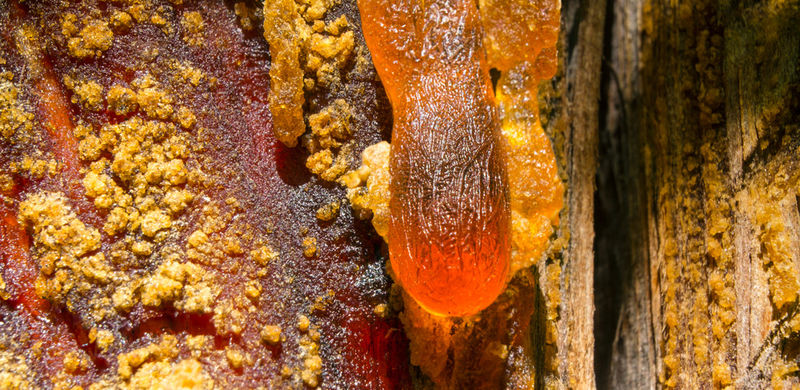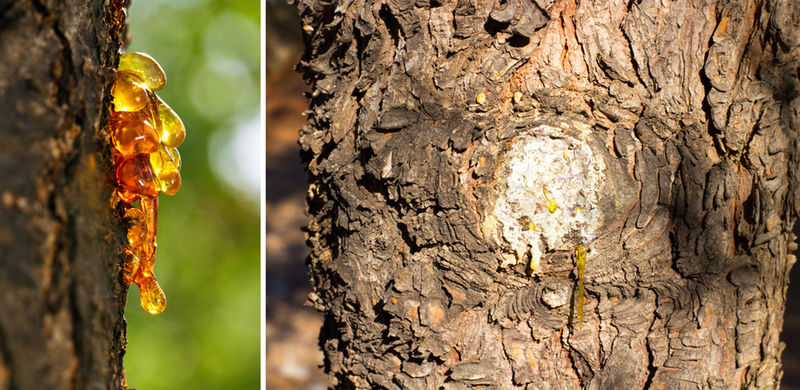Sunstones, with their radiant golden hues and captivating shimmer, have long held a special place in the hearts of jewelry enthusiasts and collectors. These glowing gemstones, often associated with warmth, vitality, and positivity, are not only aesthetically pleasing but also steeped in fascinating myths and legends. In this article, we will explore the facts and myths surrounding sunstones, their origins, healing properties, and how you can incorporate this stunning gem into your jewelry collection. For more fascinating facts and myths about sunstones, as well as a deeper dive into their historical significance, be sure to read Enchanting World of Sunstones full.
What Are Sunstones?
Sunstones are a type of feldspar mineral, most commonly found in shades of orange, red, and gold. Their shimmering effect, called aventurescence, comes from tiny platelets of copper or hematite within the stone, which reflect light and give it that distinctive sparkle. Sunstones can be found in a variety of locations worldwide, including Oregon in the United States, Norway, and India.
These gems are often used in various types of jewelry, from rings to bracelets, pendants, and earrings, making them versatile and desirable for anyone who appreciates unique and vibrant pieces.
The Myths and Legends Behind Sunstones
Sunstones have been surrounded by myths and legends for centuries. In ancient cultures, these radiant gems were thought to have been forged by the sun itself, capturing its warmth and energy. Here are some fascinating myths associated with sunstones:
-
Viking Compass Stone: One of the most famous myths suggests that the Vikings used sunstones as a compass to navigate the seas. They believed that the stone could capture the light of the sun even on cloudy days, helping sailors find their way. This legend is partly rooted in truth, as some historians speculate that the Vikings used a type of crystal to locate the sun’s position during overcast conditions.
-
Stone of Leadership and Power: In ancient Greece, sunstone was believed to be a symbol of leadership, strength, and abundance. Warriors would wear sunstone as a talisman to boost their confidence and attract success.
-
Spiritual Symbolism: In Hinduism and other Eastern spiritual traditions, sunstone is often associated with the solar plexus chakra, which governs personal power, confidence, and emotional balance. It was worn to clear energy blockages and promote a sense of vitality and well-being.
-
Sun Deity Connections: Sunstones have often been connected to various sun deities across different cultures. For instance, in Native American folklore, sunstones were thought to represent the spirit of the sun, bringing warmth, life, and protection to those who wore them.

The Healing and Metaphysical Properties of Sunstones
Like many gemstones, sunstones are believed to possess various metaphysical properties. Whether you're a believer in crystal healing or simply drawn to the beauty of the stone, these beliefs add to the allure of sunstone jewelry. Some of the most commonly attributed healing properties of sunstone include:
-
Emotional Healing: Sunstone is often associated with joy, positivity, and emotional balance. It is said to help release feelings of stress, fear, and depression, encouraging a sense of optimism and enthusiasm for life.
-
Physical Healing: Some believe that sunstone can help alleviate chronic pain, boost metabolism, and strengthen the immune system. It’s also thought to enhance vitality and energy levels, making it a popular choice for those seeking to improve their overall well-being.
-
Spiritual Growth: In spiritual practices, sunstone is often linked to personal empowerment, freedom, and mental clarity. It is believed to cleanse and energize the aura, helping individuals break free from self-doubt and step into their personal power.
-
Protection and Luck: Like many gemstones, sunstone is considered a protective stone that can shield the wearer from negative energy. It is also said to attract luck and success, making it a favored talisman for those embarking on new ventures or looking to enhance their career.
Types of Sunstones
Sunstones come in a range of colors, each with its own unique appeal and properties. Here are some of the most popular types:
1. Oregon Sunstone
This variety is found in the U.S. state of Oregon and is prized for its vibrant colors, ranging from pale yellow to deep red. Oregon sunstones often contain visible inclusions of copper, which enhance their aventurescence.
2. Indian Sunstone
Known for its warm, golden-orange tones, Indian sunstone has been a popular choice in both spiritual practices and jewelry. It is often used in meditation and healing rituals due to its powerful energy.
3. Norwegian Sunstone
Norwegian sunstones, historically linked to the Viking myths, are typically a translucent variety of the mineral Iceland spar. They are less vibrant in color but highly prized for their historical significance.
How to Incorporate Sunstones into Your Jewelry Collection
Sunstones’ warm tones and shimmering effect make them ideal for creating eye-catching jewelry pieces. Whether you prefer something subtle or bold, here are a few ways to wear sunstones:
-
Rings: Sunstone rings are perfect for adding a touch of warmth and elegance to your look. Whether in a simple solitaire setting or surrounded by diamonds, sunstone rings are sure to stand out.
-
Bracelets: A sunstone bracelet, whether beaded or in a cuff design, can be a beautiful way to carry the energy of the sun with you throughout the day.
-
Necklaces and Pendants: Sunstone pendants can make for a striking focal point in any outfit. Pair a sunstone necklace with neutral colors to let the gem’s brilliance shine.
-
Earrings: Sunstone earrings offer a subtle way to incorporate the gemstone into your daily attire. Opt for small studs or dangling earrings to add a pop of color and shimmer.

Caring for Your Sunstone Jewelry
Sunstones, like other feldspar minerals, are relatively soft, ranking between 6 and 6.5 on the Mohs hardness scale. This means they require special care to keep them looking their best. Here are a few tips for caring for your sunstone jewelry:
-
Avoid Harsh Chemicals: Sunstones can be damaged by chemicals found in household cleaners and even cosmetics. Always remove your jewelry before applying lotions, perfumes, or cleaning products.
-
Clean Gently: To clean your sunstone jewelry, use a soft cloth or a mild soap solution. Avoid using ultrasonic cleaners, which can damage the stone.
-
Store Safely: When not in use, store your sunstone pieces in a soft pouch or a separate compartment in your jewelry box to prevent scratching or chipping.
Sunstones are not only beautiful, radiant gemstones but are also rich in history, myth, and metaphysical significance. Whether you’re drawn to them for their spiritual properties, their connection to ancient cultures, or their undeniable beauty, sunstones make a unique and meaningful addition to any jewelry collection. Their warm, golden hues evoke the energy of the sun, bringing joy, confidence, and positivity to those who wear them.